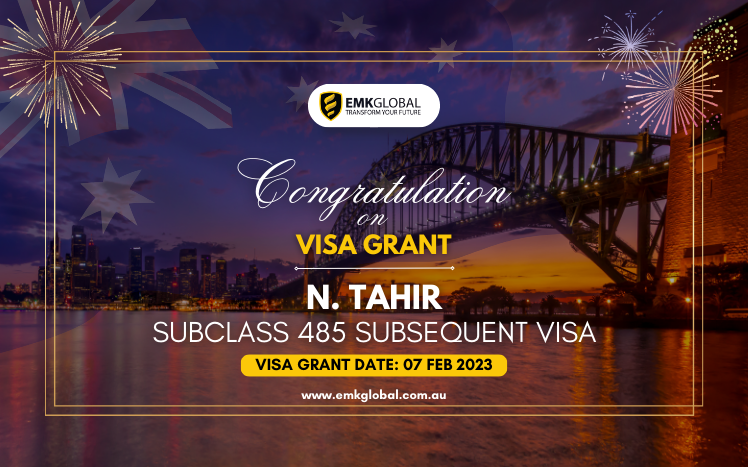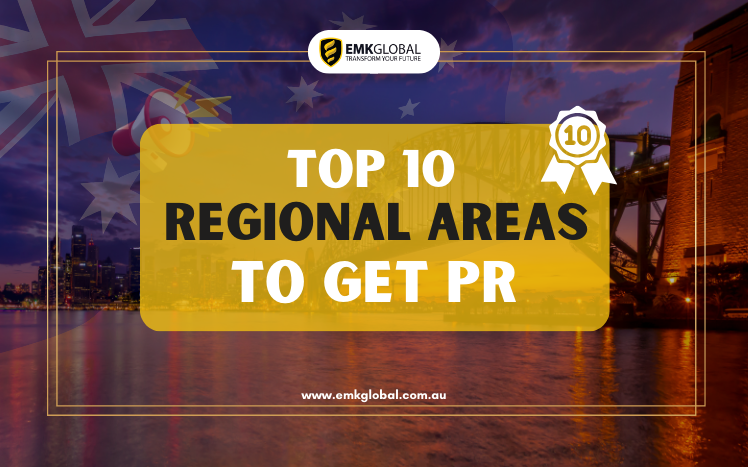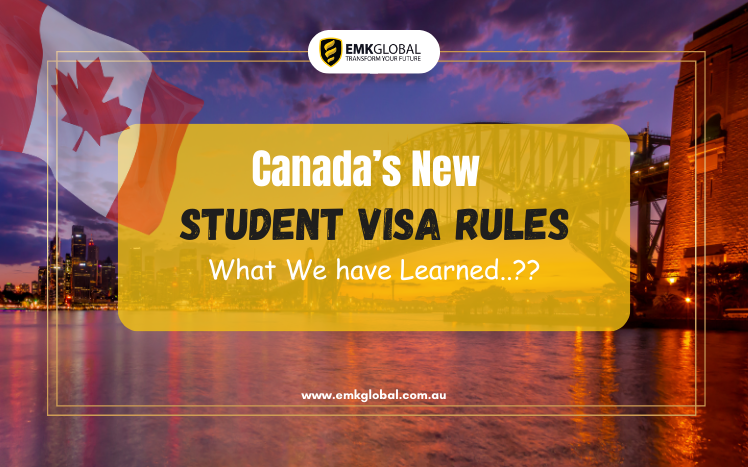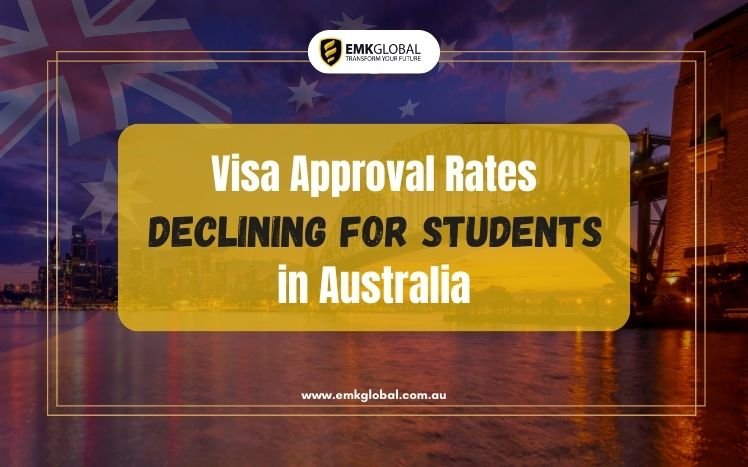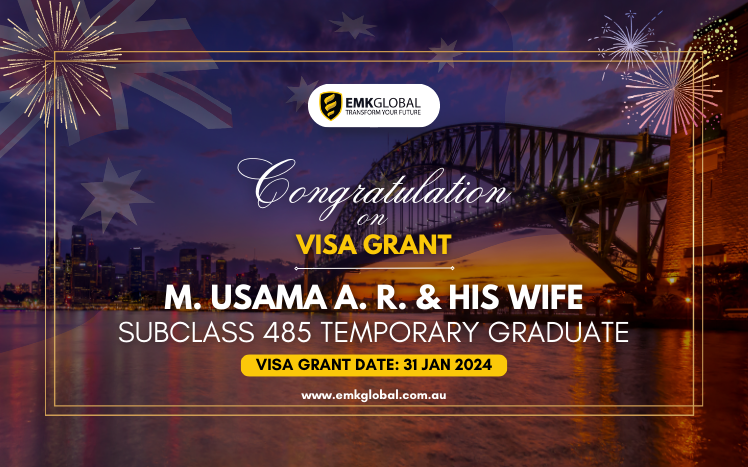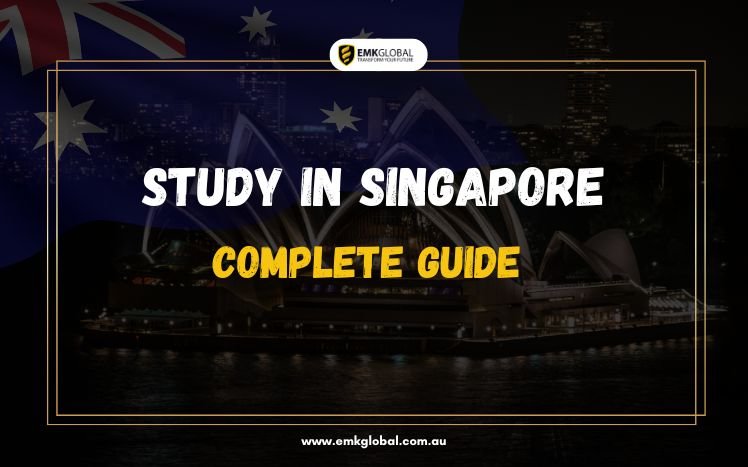Embarking on your journey to study in Australia? Ensure a smooth transition with this pre-departure checklist designed to cover every aspect of your travel preparations.
1. Passport
Verify that your passport is valid for at least six months beyond your arrival date. It’s wise to create a copy and leave it with a family member for emergencies.
2. Visa
Secure a valid visa well in advance, including all necessary documentation such as the Confirmation of Enrolment (eCoE). Only book your flight after obtaining your student visa.
3. Flights
Book your flight with ample time to settle in before the course starts. Follow our helpful tips for booking your flight to Australia.
4. Travel Insurance
Consider travel insurance in addition to Overseas Student Health Cover (OSHC) to cover flight cancellations and some medical costs. Seek advice from your education or travel agent for the best policy.
5. Money
Ensure you have some Australian currency upon arrival. Explore ATM withdrawal options, and consider opening an Australian bank account to minimize fees.
6. Accommodation
Arrange accommodation for your initial nights and ensure welfare arrangements if you’re under 18. Provide your accommodation address on your incoming passenger card.
7. Transport to Accommodation
Plan your transportation from the airport or station to your accommodation, even for late or early arrivals.
8. Packing
Research the local temperatures and pack accordingly. Don’t forget a travel adaptor for Australian power points. Check your airline’s luggage allowance and consider buying additional baggage online.
9. Hand Luggage
Pack essentials in your hand luggage, including a change of clothes, toothbrush, toothpaste, deodorant, passport, visa documentation, accommodation details, a pen, prescription medication, and emergency contacts.
10. Arrival Procedures
Expect immigration and customs procedures upon arrival. Fill out the incoming passenger card provided during your flight.
11. Travel and Border Requirements
Stay informed about your airline’s and transit countries’ COVID-19 requirements. Check the latest travel updates on the Department of Home Affairs website.
12. Customs Regulations
Understand Australia’s strict biosecurity laws. Declare goods truthfully to avoid penalties. Visit the Australian Border Force website for details.
13. Planning to Work?
Explore the opportunity to work alongside your studies. Gain valuable experience and extra income. Familiarize yourself with working conditions for international students in Australia.
14. Welcome to Australia!
After settling in, your Study Australia adventure begins. You’re now part of a community making a significant contribution to Australian society. Welcome, and enjoy your journey!



